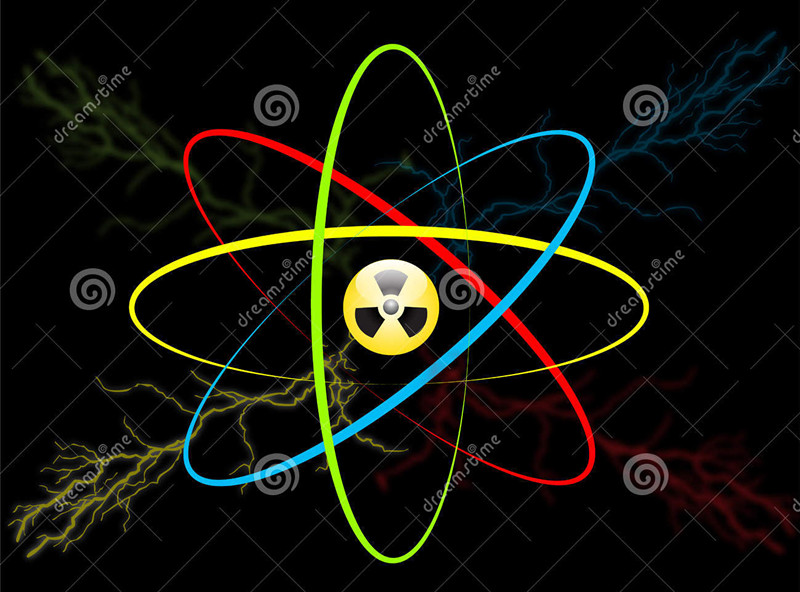Remarkably, the phenomenon was proved in 1997 when physicists at the University of Geneva sent photons seven miles in opposite directions and demonstrated that interfering with one provoked an instantaneous response in the other.

Things reached such a pitch that at one conference Bohr remarked of a new theory that the question was not whether it was crazy, but whether it was crazy enough. To illustrate the nonintuitive nature of the quantum world, Schrodinger offered a famous thought experiment in which a hypothetical cat was placed in a box with one atom of a radioactive substance attached to a vial of hydrocyanic acid. If the particle degraded within an hour, it would trigger a mechanism that would break the vial and poison the cat. If not, the cat would live. But we could not know which was the case, so there was no choice, scientifically, but to regard the cat as 100 percent alive and 100 percent dead at the same time. This means, as Stephen Hawking has observed with a touch of understandable excitement, that one cannot “predict future events exactly if one cannot even measure the present state of the universe precisely!”











